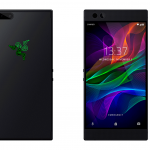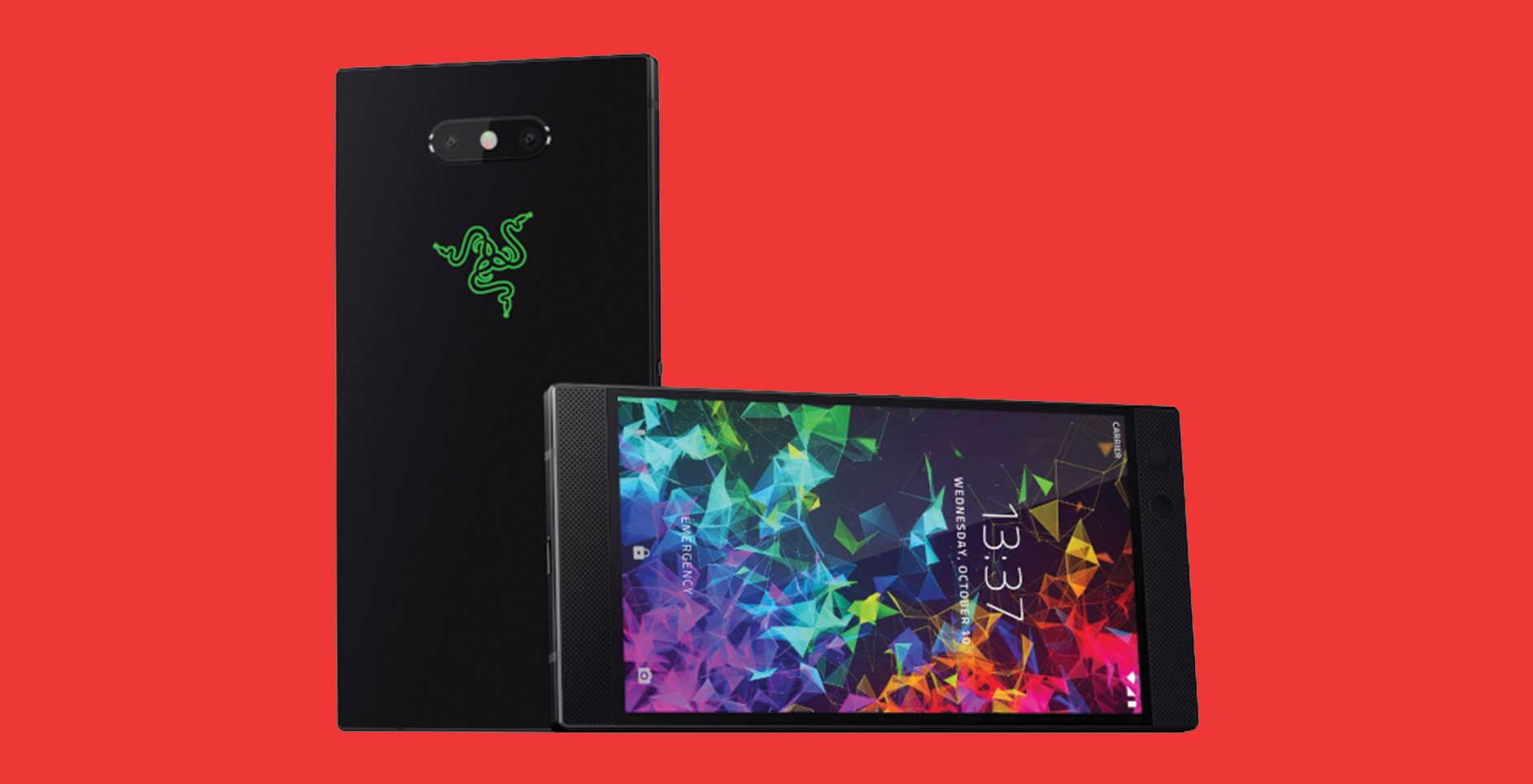Without technology, we simply wouldn’t have games. The two go hand-in-hand but so often gaming-centric technology is bogged down with so many bells and whistles it would put Santa’s sleigh to shame. Much to my own embarrassment, I once owned a keyboard with a plug-in fan designed to keep your hand cool deep into a PC gaming session.
So when I got my hands on the Razer Phone 2, their second foray into the smartphone market, I was sceptical. Was it just be another overly embellished, more-style-than-substance device hoping to scoop some extra bucks out of the pockets of gamers? Or, perhaps, behind the chroma colours and marketing slogans, could there be a phone worthy of being a daily driver?
I’m pleased to report, the Razer Phone 2 is very much the latter. Having used the phone as my daily driver some time, I can see why someone other than a gamer might desire this impressive device for more than “the winning edge.”
Of course, it is unquestionably built for gamers. The powerhouse of a phone with 5.7” 120Hz 1440×2560 display, with support for HDR, means games look and run exceptionally well. Playing graphically intense games like Asphalt 9, Shadowgun Legends, Fortnite and Into the Dead 2 was a breeze. Thanks to inbuilt optimisation controls, the ease with which the games ran astounded me as I’d become accustomed to some stutter on portable gaming devices, let alone my other phones. Despite the addition of ‘vapor chamber cooling’ it did get a little warm at times, but not dangerously so.
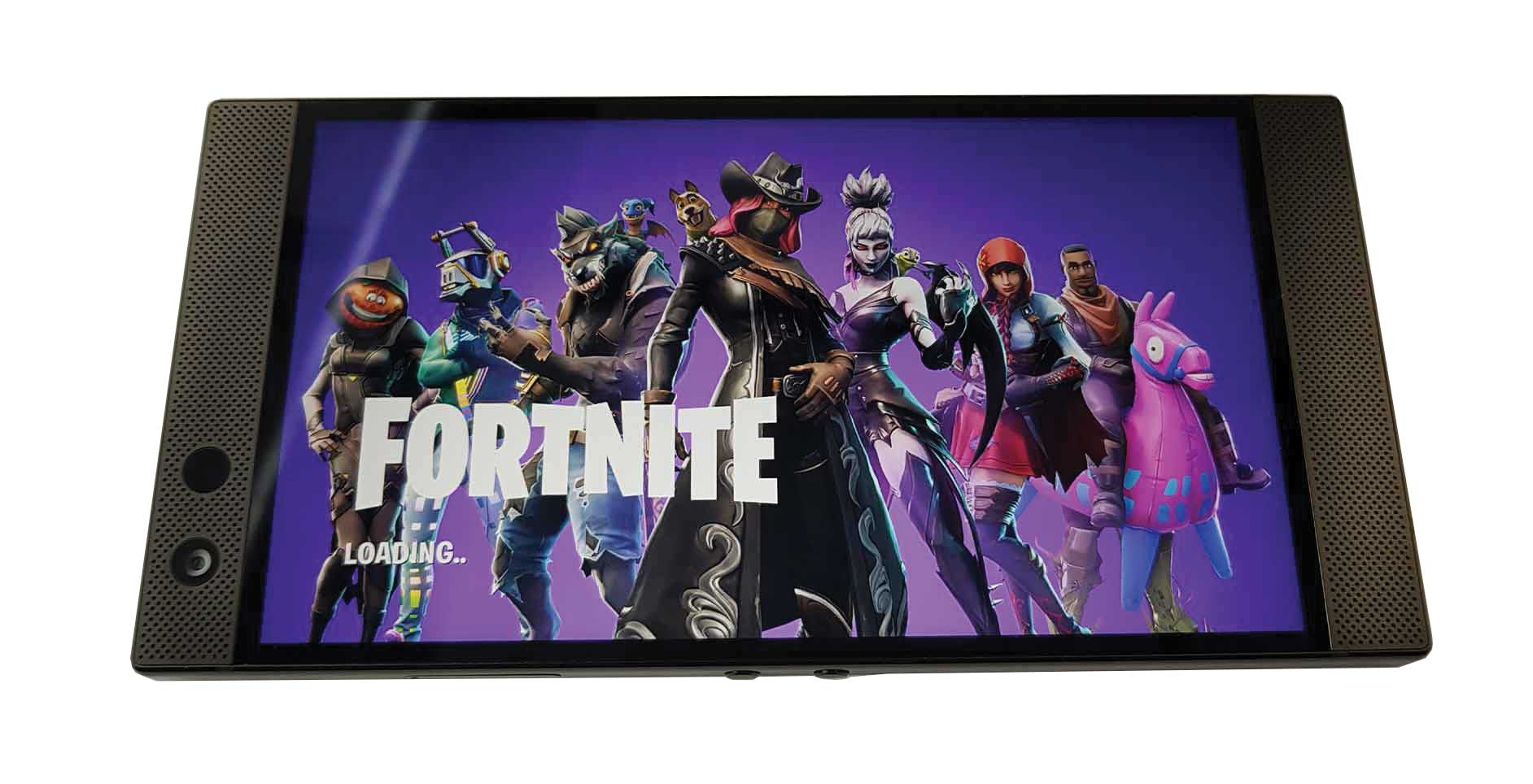 A familiar Razer feature, the customisable chroma light-up logo on the glass back, appears at face value an over-the-top, unnecessary addition but is a welcome inclusion. Whatever cost is added to the phone (the sum of which is on par with rival flagship devices), it is worth it for the looks of envy from other phone users as they admire the range of colours pulsing out of the back of your phone.
A familiar Razer feature, the customisable chroma light-up logo on the glass back, appears at face value an over-the-top, unnecessary addition but is a welcome inclusion. Whatever cost is added to the phone (the sum of which is on par with rival flagship devices), it is worth it for the looks of envy from other phone users as they admire the range of colours pulsing out of the back of your phone.
These jealous looks aren’t nearly as fun as the sheer joy that is flicking smoothly through your social feeds as high refresh rate. You can set it at a max of 120Hz, or lower if you want to conserve battery life, but 90Hz or above results in a silky scrolling experience that has to be seen to be appreciated. I can’t compliment this screen enough really. Watching videos, playing games or going through your messages all looks and feels gorgeous.
But I’m divided on the design of the phone itself. I love looking at it, sat parallel to the edge of my desk; it’s indicative of Razer’s obsession with sharpness and clarity, and kind of monolithic, reminiscent of the mysterious black monuments in 2001: A Space Odyssey. Its sharp, rectangular shape that doesn’t stray far from what I guess is the default slab shape of a smartphone.
However, sat in the palm of your hand it is slightly uncomfortable. With essentially no curve to its corners, I feel I’m always fighting to get a good grip on it. Instead, I feel like I’m sort of balancing it on my fingertips. Some might put this down to its size, but it’s not substantially bigger than my S8+ or the Samsung Note’s I’ve used in the past, and I don’t recall the same level of awkwardness with those.
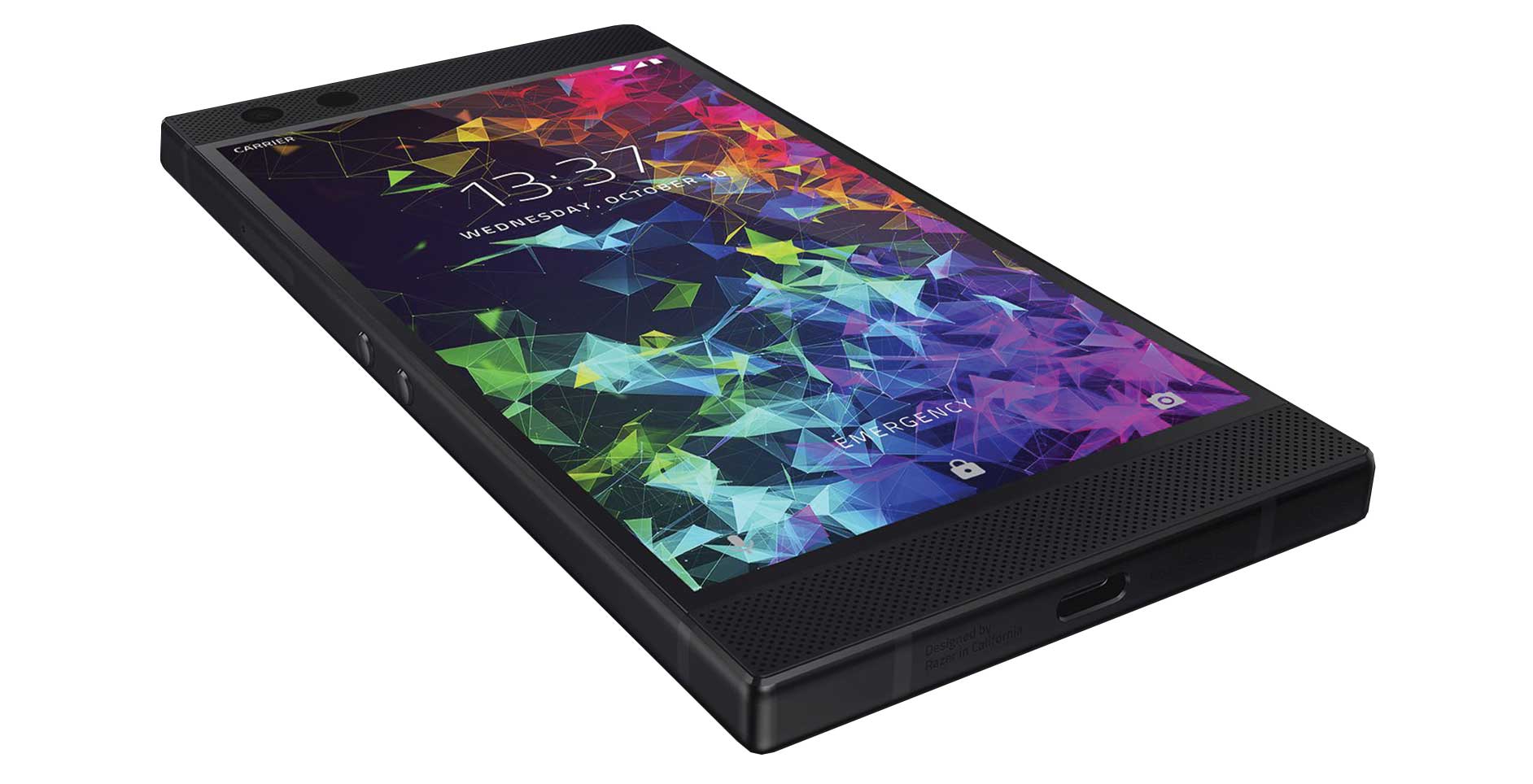
Holding it horizontally does work well though. I’m able to tuck the corners under my knuckles easily, making for a pretty painless Netflix experience on the go. The front-facing speakers, which are common practice these days, are commendable but are loud but default. Dialogue sounds alright on it, but it was hard to avoid a tinny sound playing any music. Furthermore, the grills covering them are prone to collecting dust and bits of grit which look rather unsightly on the face of your device.
I should shout out the placement of the lock button and the volumes keys though, which are conveniently placed for the thumb and forefingers respectively for right-handed individuals such as myself. The fingerprint sensing lock button is flush with the edge of the phone, which, fair warning, may make a case a little annoying.
But you’ll likely need one. The Phone 2 is glass backed to enable wireless charging with its (sold separately) wireless charger, also equipped with chroma lighting, because of course. Glass backs are, sadly, the way to go these days so we may just have to put up with the constant threat of shattering the back of our phones.
The glass back is to facilitate the addition of wireless charging to the phone. I experienced some difficulty using my own wireless charging pads, both on my bedside table and in my car, as the charging coils on the phone are situated on the lower half of the device, rather than being centred as I have become accustomed to. This suits Razer’s own Chroma-enabled wireless charging dock, which the phone slots into vertically, but on a flat charging pad, I had to balance the phone’s lower end on the pad with the top half hanging off. It was a bit fiddly to get it sitting in the right spot.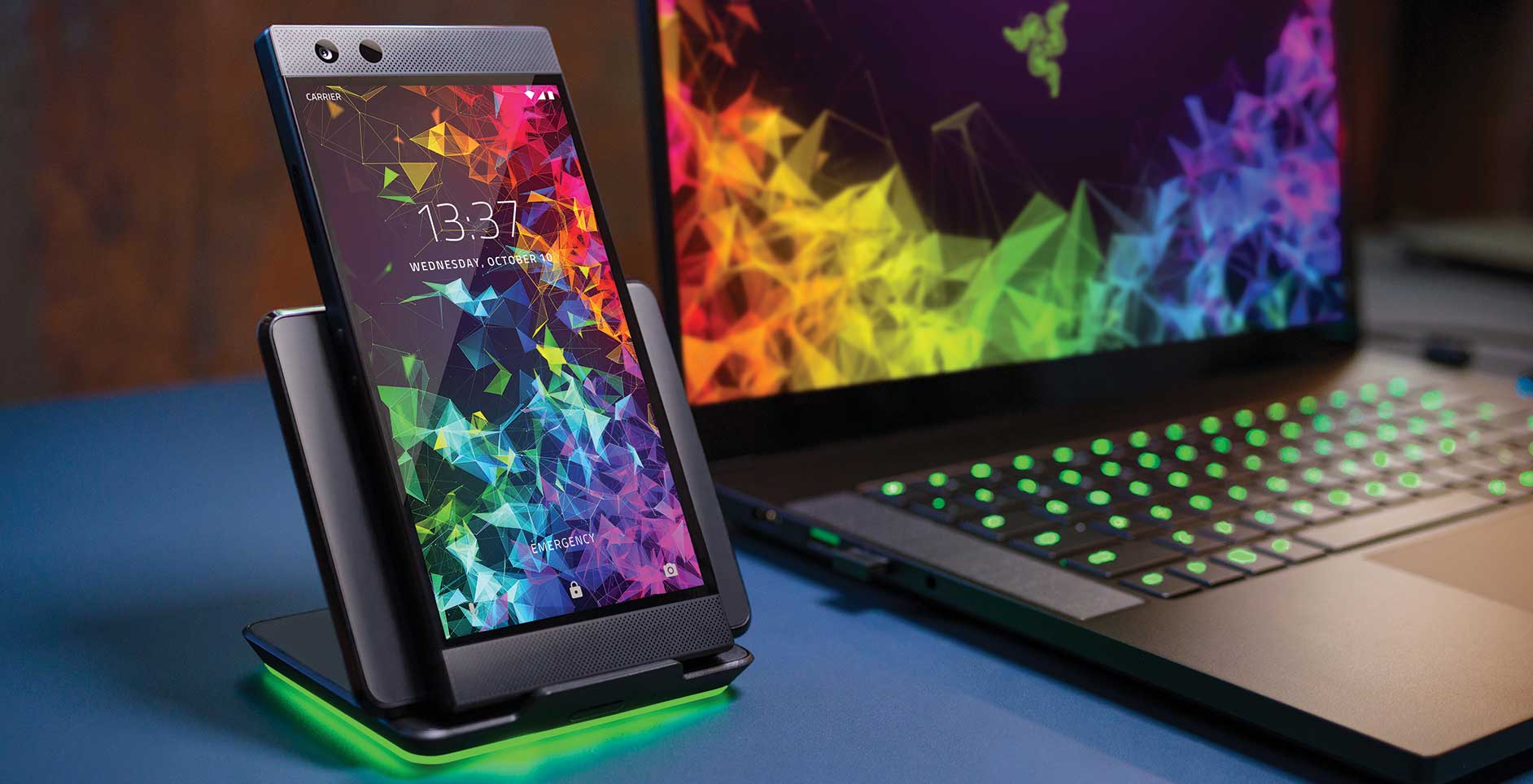
However, you ought not to worry too much as the battery life is refreshingly good. Gone are the days when my battery would limp through the day and need an evening refill if I were to be heading out after work. With casual use, the battery lasts you well into the evening and into the next day, but the included USB-C to USB-C charger does wonders in quickly topping it back up in a push.
The camera is up to standard as well. It’s 12 MP rear camera and 8 MP front-facing didn’t blow me away, but they certainly didn’t disappoint either. Portraits and close-ups look clean and crisp, with colours popping nicely on the Razer Phone 2’s gorgeous screen. The camera comes equipped with all the functionality you’d expect from a smartphone camera, and I was impressed by its low-light performance. I challenged it photographing and videoing some fireworks and was pleased with the results.
With everything considered, the Razer Phone 2 is a joy to use. It comes installed with basically stock Android, with just a couple of Razer additions facilitating optimisation and custom themes, as well as Google’s suite of pretty staple applications. There’s this beautiful theme of simplicity to the phone, which carries through its hardware and software. Razer has crammed in everything they felt necessary but omitted the novelty that usually muddles other devices.

